Surprise attack from the rear
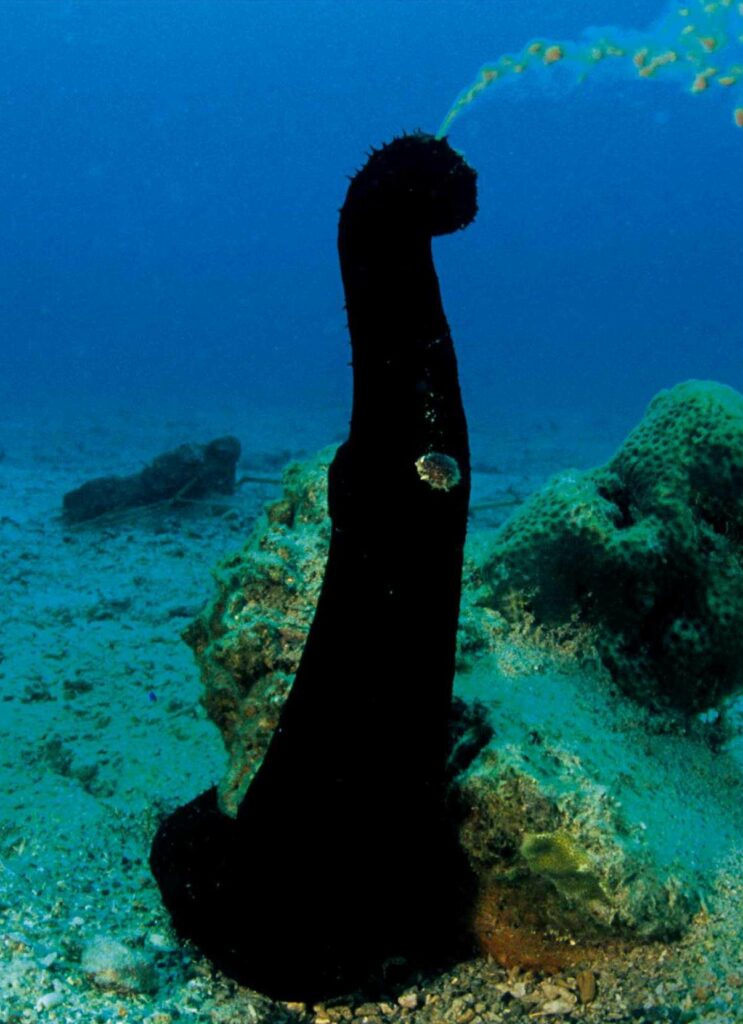
SEA CUCUMBERS AREN’T BUILT FOR fleeing from predators. But they do have a trick up their sleeves – or more accurately, up their bottoms – for dealing with danger. And new research sheds light on why it is so effective.
Collective noun
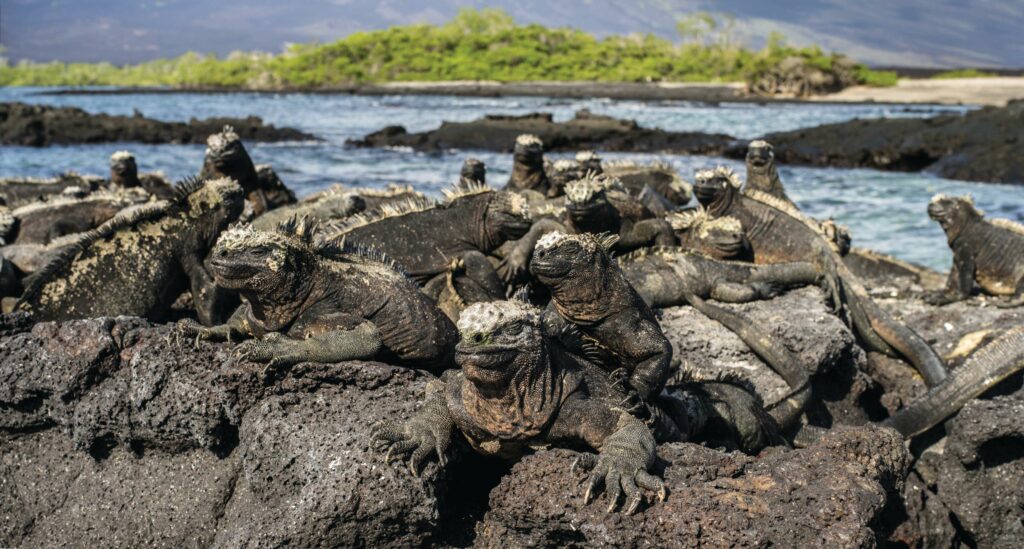
THE REFERENCE OF ‘A MESS’ IS TO THEIR social behaviour. In the wild, iguanas are typically social creatures living in colonies that can number as many as several hundred.
WILDLIFE WORLDWIDE
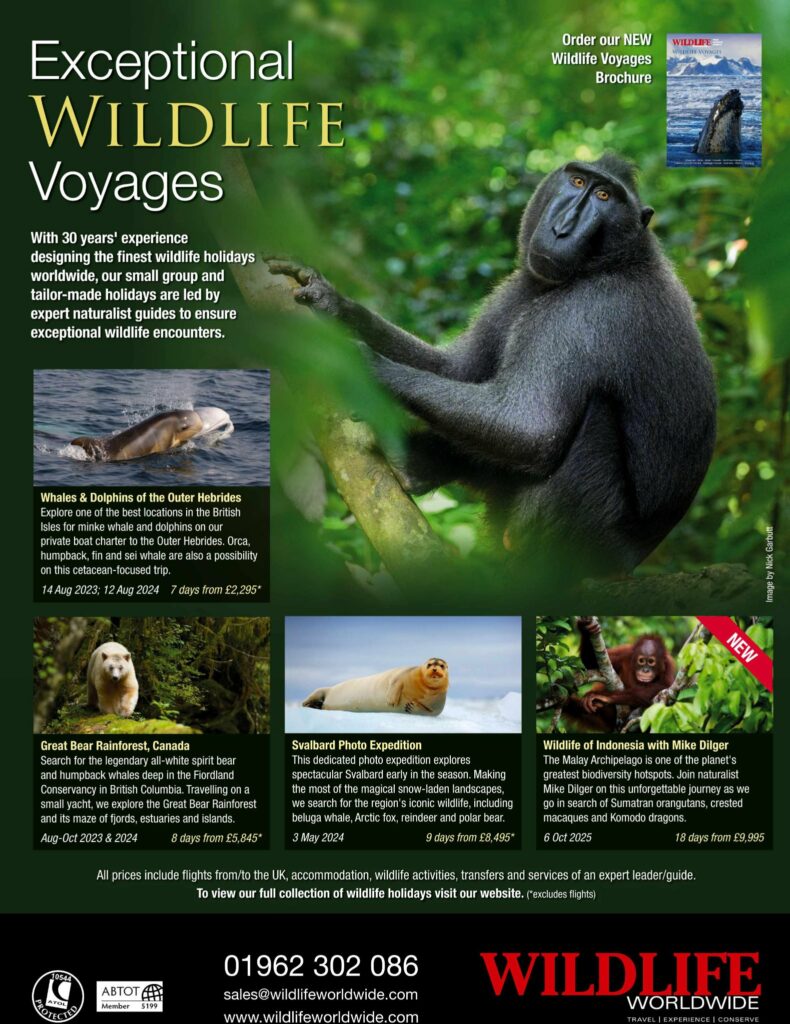
www.wildlifeworldwide.com
Perfect timing

SPARROWHAWKS NEST RELATIVELY LATE compared to most birds of prey. Their breeding season is timed so that their chicks hatch in June, when woods and hedgerows are full of recently fledged songbirds such as tits and finches, which, being young and inexperienced, make easy pickings for the parent hawks.
Female of the Species
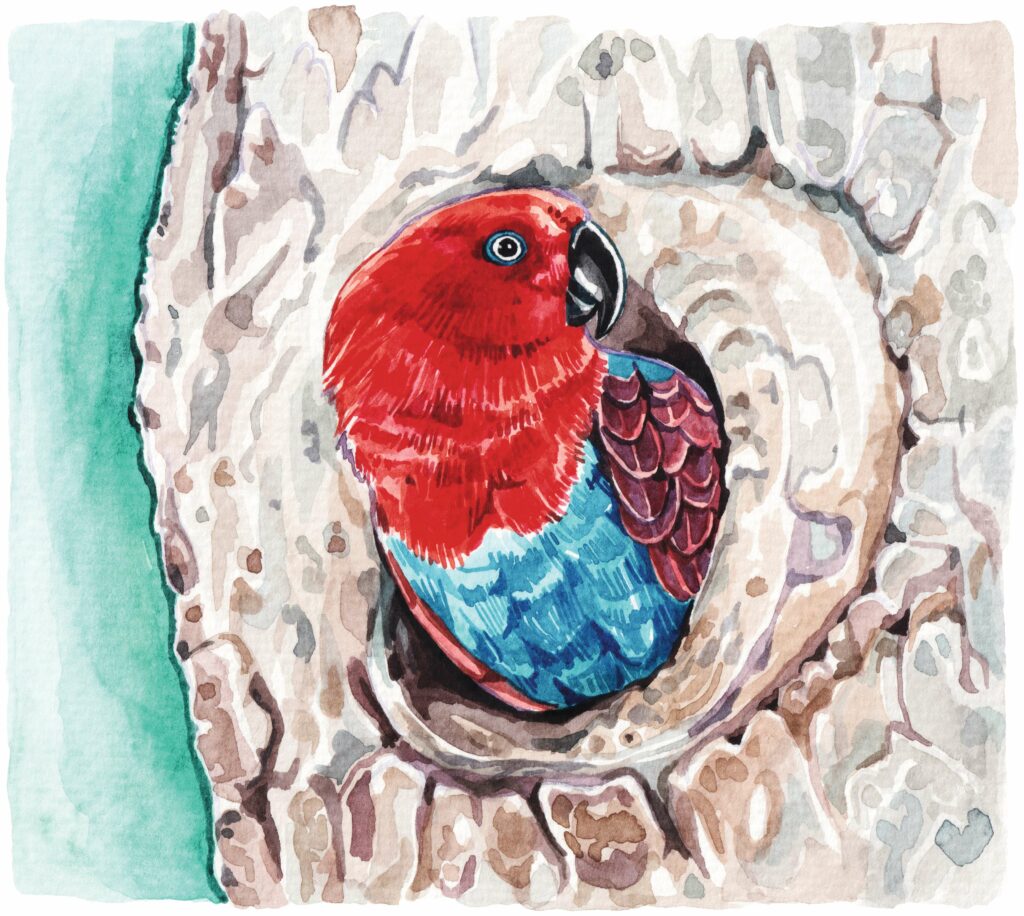
FEW BIRDS HAVE PUZZLED SCIENTISTS more than the eclectus parrot (Ecelctus roratus). The legendary evolutionary biologist Bill Hamilton used to show a slide of two eclectus parrots in his lectures: one crimson with a cobalt bib, the other green. They were male and female, but not as you’d expect. In most sexually dimorphic birds the male is the colourful character – ornamentation being an indicator of his fitness – and the female drab. But with the eclectus parrot, the female is the scarlet show pony and the male more camouflaged. Hamilton would finish his talks proclaiming that once he understood why the birds were red and green, he’d be “ready to die”.
Large blue is back

THE STATE OF BUTTERFLIES IN THE UK IS a story in two parts. On the one hand, surveys by Butterfly Conservation show that a whopping 80 per cent of butterfly species have become scarcer or decreased in range since the 1970s. But on the other, a handful of species have bucked the trend, including some helped by a warming climate and others by intensely targeted conservation work.
Poo Corner
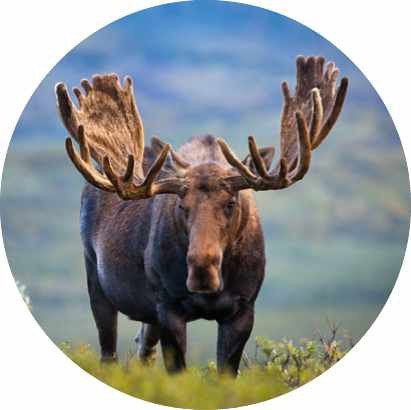
With a diverse diet of more than 80 different plant species, elk (known as moose in North America) droppings can vary in both colour and consistency. Their droppings are usually much drier in winter due to eating twigs and branches that are high in fibre, and looser in spring and summer thanks to consuming the new growth of plants.
Opinion: Mark Carwardine
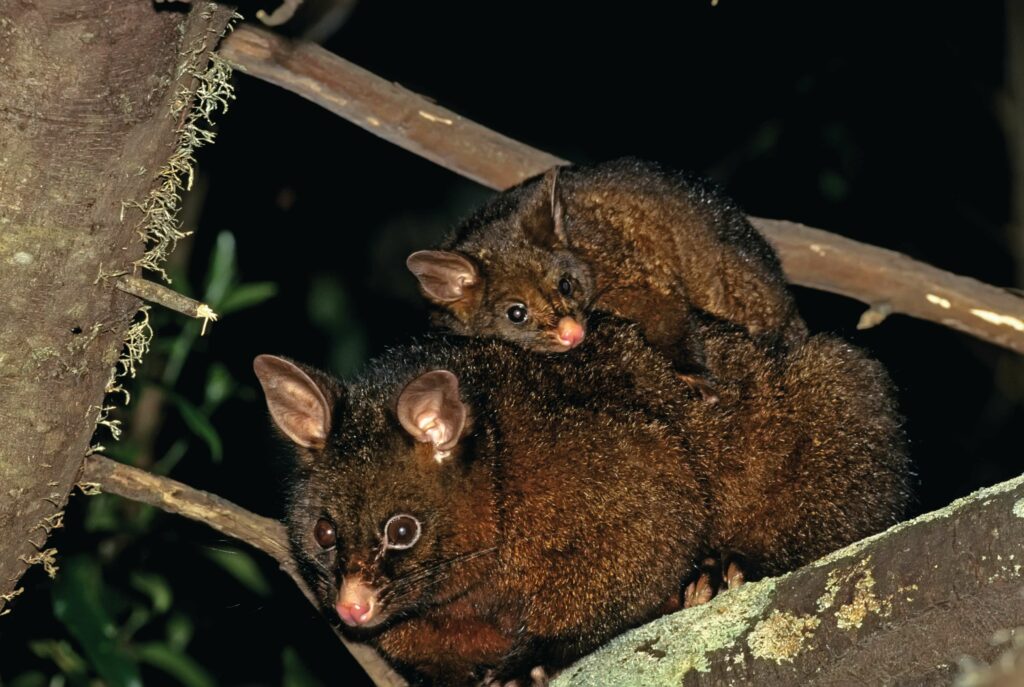
YOU MIGHT EXPECT IT FROM THE hunting, shooting and fishing fraternity in the American Midwest. But you wouldn’t expect it in New Zealand. Either New Zealanders are more bloodthirsty than I thought or some residents of North Canterbury, on the South Island, have lost the plot. The North Canterbury Hunting Competition – apopular annual event for children and adults alike – recently announced a new category. It would encourage kids (aged 14 and under) to kill as many feral cats as possible for a cash prize of NZ$250 (£125). In an effort to sound vaguely responsible, organisers warned that prospective entrants would be expelled from the competition if they were to kill someone’s pet cat by mistake.
Two new poisonous birds discovered

THE WORLD LIST OF POISONOUS BIRDS IS tiny. Now two more species have boosted that tally – the first additions for more than 20 years. The discovery was made thanks to arduous fieldwork in the jungles of Papua New Guinea by Kasun Bodawatta and Knud Jønsson from the University of Copenhagen.
VITABIOTICS

Vitabiotics.com